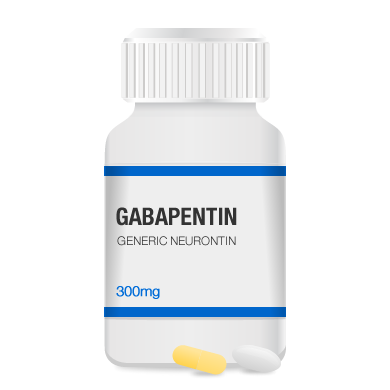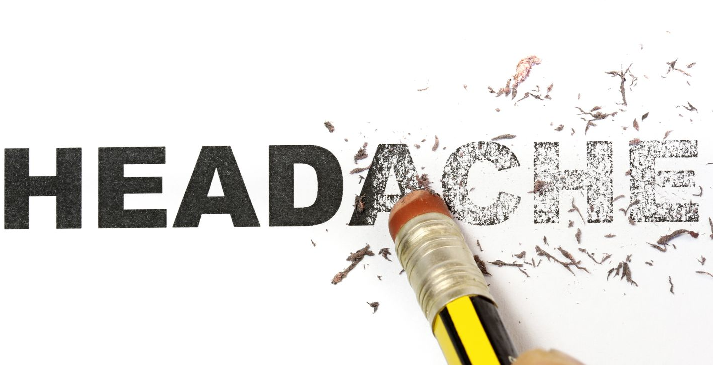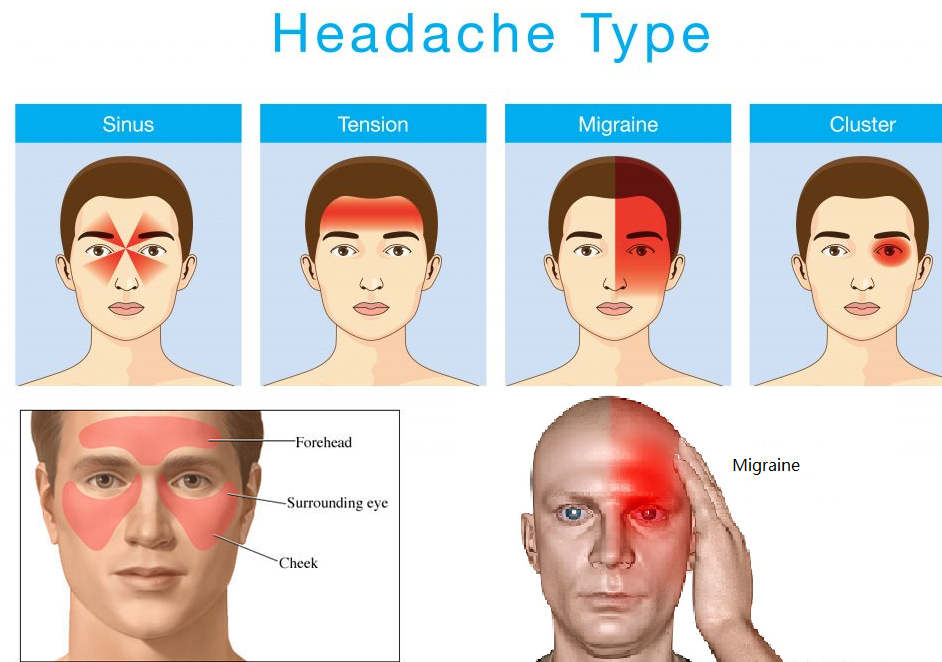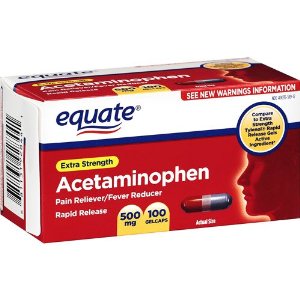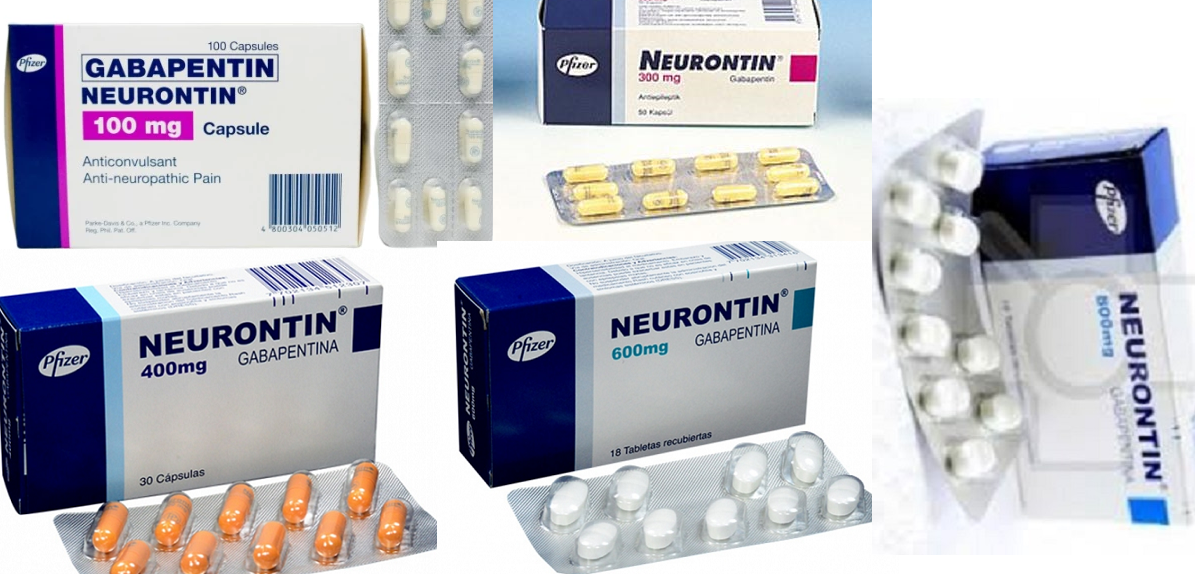Gabapentin is a generic prescription drug that is FDA-approved as an add-on treatment with other medications for partial seizures in those with epilepsy.
It can also be used to treat nerve pain from postherpetic neuralgia (a complication of shingles). Gabapentin is frequently prescribed off-label for many other conditions, such as diabetic peripheral neuropathy, fibromyalgia, and alcohol dependence.
Gabapentin is typically prescribed as a generic, but the drug is also available under the brand names Neurontin and Gralise. Some patients may be prescribed drugs very similar to gabapentin—such as Horizant (gabapentin enacarbil) or Lyrica (pregabalin)—instead of gabapentin.
Gabapentin is taken as a tablet, capsule, or oral liquid. Dosing will depend on the condition being treated, age of the person being treated, and kidney function. The usual dose for epilepsy starts at 300 mg on the first day. The dose can then be increased until an effective dose is reached, which is usually 300 to 600mg taken three times per day.
Gabapentin dosage forms and strengths
Gabapentin is taken by mouth as a tablet, capsule, or oral solution.
-
- Tablets: 600 or 800 mg per tablet
- Capsules: 100, 300, or 400 mg per capsule
- Liquid: 250 mg per 5 milliliters (ml) oral liquid
Gabapentin dosage for adults
For adults, the gabapentin dosage can vary widely depending on the condition being treated. Upon starting treatment with gabapentin, the starting dose may be 100 to 300 mg per day and steadily increase until an effective dose is reached. The maximum dosage will depend on the condition being treated.
- Standard gabapentin dosage for adults: 300-600 mg taken three times per day.
- Maximum gabapentin dosage for adults: 1200 mg taken three times per day for a maximum daily dose of 3600 mg.
Gabapentin dosage for children
Gabapentin is FDA approved as a secondary treatment for partial seizures in children 3 years or older with epilepsy. The use of gabapentin in children for any other medical condition is not FDA-approved. Dosing will be determined by both the child’s age and weight.
by both the child’s age and weight.
| Gabapentin dosage by age for children older than 3 years | |
|---|---|
| Age (yr) | Recommended dosage |
| 3-4 yrs | 40 mg per kg (18.2 mg/lb) of body weight divided into three dosesMaximum: 50 mg per kg (22.7 mg/lb) of body weight daily |
| 5-11 yrs | 20-35 mg per kg (9.1-15.9 mg/lb) of body weight divided into three dosesMaximum: 50 mg per kg (22.7 mg/lb) of body weight daily |
| 12 yrs or older | 300-600 mg taken three times per dayMaximum: 3600 mg per day |
| Gabapentin dosage chart | |||
|---|---|---|---|
| Indication | Age | Standard dosage | Maximum dosage |
| Partial seizures | |||
| 12 years and older | 300-600 mg three times per day | 3600 mg per day | |
| 5-11 years | 25-35 mg/kg (11.4-15.9 mg/lb) per day divided into three daily doses | 50 mg/kg (22.7 mg/lb) per day | |
| 3-4 years | 40 mg/kg (18.2 mg/lb) per day divided into three daily doses | 50 mg/kg (22.7 mg/lb) per day | |
| Postherpetic neuralgia | 18 years and older | 300 mg on day 1, 300 mg twice daily on day 2, then 300 mg three times daily on day 3; dosage may be further increased after day 3 to 600 mg three times per day | 1800 mg per day |
| Diabetic peripheral neuropathy | 18 years and older | 300-1200 mg three times per day (off-label) | 3600 mg per day |
| Fibromyalgia | 18 years and older | 600 mg twice daily and 1200 mg at bedtime (off-label) | 2400 mg per day |
| Alcohol dependence | 18 years and older | 300-600 mg three times per day (off-label) | 1800 mg per day |
Gabapentin dosage for partial seizures
Gabapentin is FDA approved as adjunctive therapy for partial seizures in adults and children 3 years of age or older.
- Standard gabapentin dosage for adults: 300 to 600 mg taken three times per day by mouth.
- Maximum gabapentin dosage for adults: 3600 mg daily in three divided doses.
- Renally impaired patients (kidney disease)—dose amount and dose frequency adjustment:
-
- Creatinine clearance of 30-59 ml/min: 200 to 700 mg twice per day
- Creatinine clearance of 16-29 ml/min: 200 to 700 mg once per day
- Creatinine clearance of 15 ml/min or less: 100 to 300 mg once per day decreased proportionately (1/15 per whole number value) for each decrease in creatinine clearance
- Hemodialysis: dose is dependent on estimated creatinine clearance; a supplemental dose of 125 to 350 mg is given after dialysis
Gabapentin dosage for nerve pain due to shingles (postherpetic neuralgia)
Gabapentin is FDA approved to treat postherpetic neuralgia, that is, neuropathic pain due to shingles (herpes zoster).
- Standard gabapentin dosage for adults: 300 to 600 mg taken three times per day by mouth.
- Maximum gabapentin dosage for adults: 1800 mg daily in three divided doses.
- Renally impaired patients (kidney disease): See dosage for renal impaired patients above

Gabapentin dosage for neuropathic pain
Gabapentin is most frequently prescribed off-label to treat nerve pain (neuralgia) due to nerve damage (neuropathy), compression, or irritation.
- Standard gabapentin dosage for adults: 300 to 1200 mg taken three times per day by mouth.
- Maximum gabapentin dosage for adults: 3600 mg daily in three divided doses.
- Renally impaired patients (kidney disease): See dosage for renal impaired patients above
Gabapentin dosage for fibromyalgia
Gabapentin is used off-label to reduce fatigue, provide pain relief, and improve sleep in patients with fibromyalgia.
- Standard gabapentin dosage for adults: 600 mg twice daily and 1200 mg at bedtime.
- Maximum gabapentin dosage for adults: 2400 mg daily.
- Renally impaired patients (kidney disease): See dosage for renal impaired patients above
Gabapentin dosage for alcohol dependence
Gabapentin is widely used off-label to reduce insomnia and cravings in people with alcohol use disorder, particularly those in the maintenance phase of alcohol abstinence.
- Standard gabapentin dosage for adults: 300 to 600 mg taken three times per day by mouth.
- Maximum gabapentin dosage for adults: 1800 mg daily in three divided doses.
- Renally impaired patients (kidney disease): See dosage for renal impaired patients above
Gabapentin dosage for pets
You should not give gabapentin to animals unless a veterinarian has given the animal a prescription for gabapentin. Veterinarians frequently prescribe gabapentin to treat seizures or chronic nerve pain in pets and large animals. The recommended dose is 5-10 mg per kilogram of body weight (2.3-4.5 mg/lb) every 12 hours, but dosing will vary between veterinarians. Gabapentin dosages can vary from 3 to 11 mg per kilogram (1.4 to 5 mg per pound) as an analgesic to 10 to 30 mg mg per kilogram (4.5 to 13.6 per pound) as an anticonvulsant. As with people, the dose may start small and steadily increase until an effective dose is reached.


